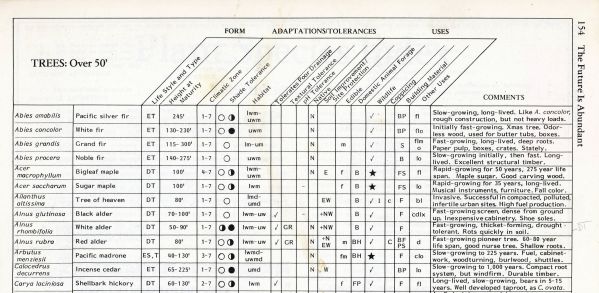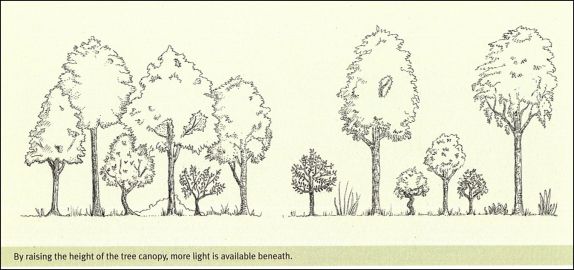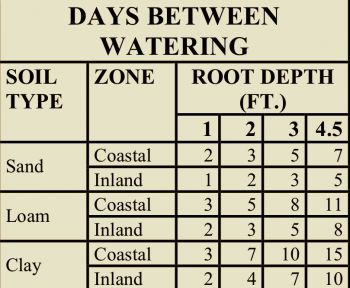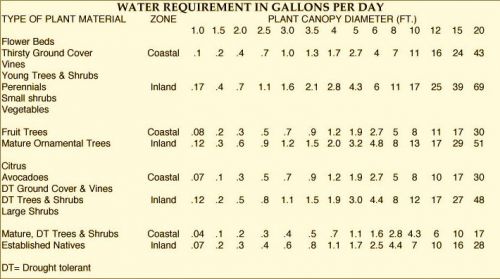Food Forest Design and Layout
Once you've made your wish list and done some research on the plants you want to utilize in your food forest you're ready to work on design and layout. Here we'll talk about making a simple checklist, or utilizing a matrix for more complex plantings, and look at plant spacing and consider whether to irrigate or dry farm your food forest.
Make a Checklist or Matrix
As we've already mentioned, nothing is more frustrating than investing years into growing perennial fruit and nut trees only to find you overlooked a necessary detail, like providing the correct pollinizer, or choosing the right variety for your climate, or making sure your harvest is spread throughout the season rather than all at once. To avoid these pitfalls, make a list of all of the varieties you intend to plant and make a checklist with all of the details covered under research:
- Ripening
- Rootstock
- Climate Zone
- Microclimate
- Pollination
- Chill Requirements
- Yield When Mature
- Insectary
- Nitrogen Fixing

Plant Spacing

|
Climate Zones: |
European: USDA zone 4 –9; Sunset zones 2-9, 14-18, 32-39 Asian - USDA zone 5-10; Sunset zones 3-12, 14-21, 32-41. |
||
|
Chilling Requirement: |
European: 600-1500 hours Asian Pear: 400-600 |
||
|
Pollination: |
Plant two varieties (European and/or Asian) for pollination |
||
|
Rootstocks: |
Pyrodwarf |
OHxF 333 |
Seedling |
|
Height: |
8-13 |
12-16 |
14-22’ |
|
Width: |
5-7 |
7-10 |
8-12 |
|
Years to First Fruit: |
2-3 |
2-3 |
3-4 |
|
Life Expectancy: |
20 years + |
35 years + |
50 years + |
|
Yield when mature |
30-40 LB: |
50-60+ LB |
60-75+ LB |
Irrigation or Dry Farming?
Now is the time to decide if you are going to irrigate your food forest or not. Depending on your soil, rootstock, and location, most fruit trees can be dry farmed (non-irrigated) when mature, but all plants will need consistent water for at least the first two seasons. Lighter, sandy soils will hold less water and require more irrigation than heavier soils. A hot, sunny, interior site will need more water than a cool coastal site. Harmony Farm Supply has excellent instructions on how to desgin a drip irrigation system. The following charts illustrate how water needs will vary with soil type and location:


